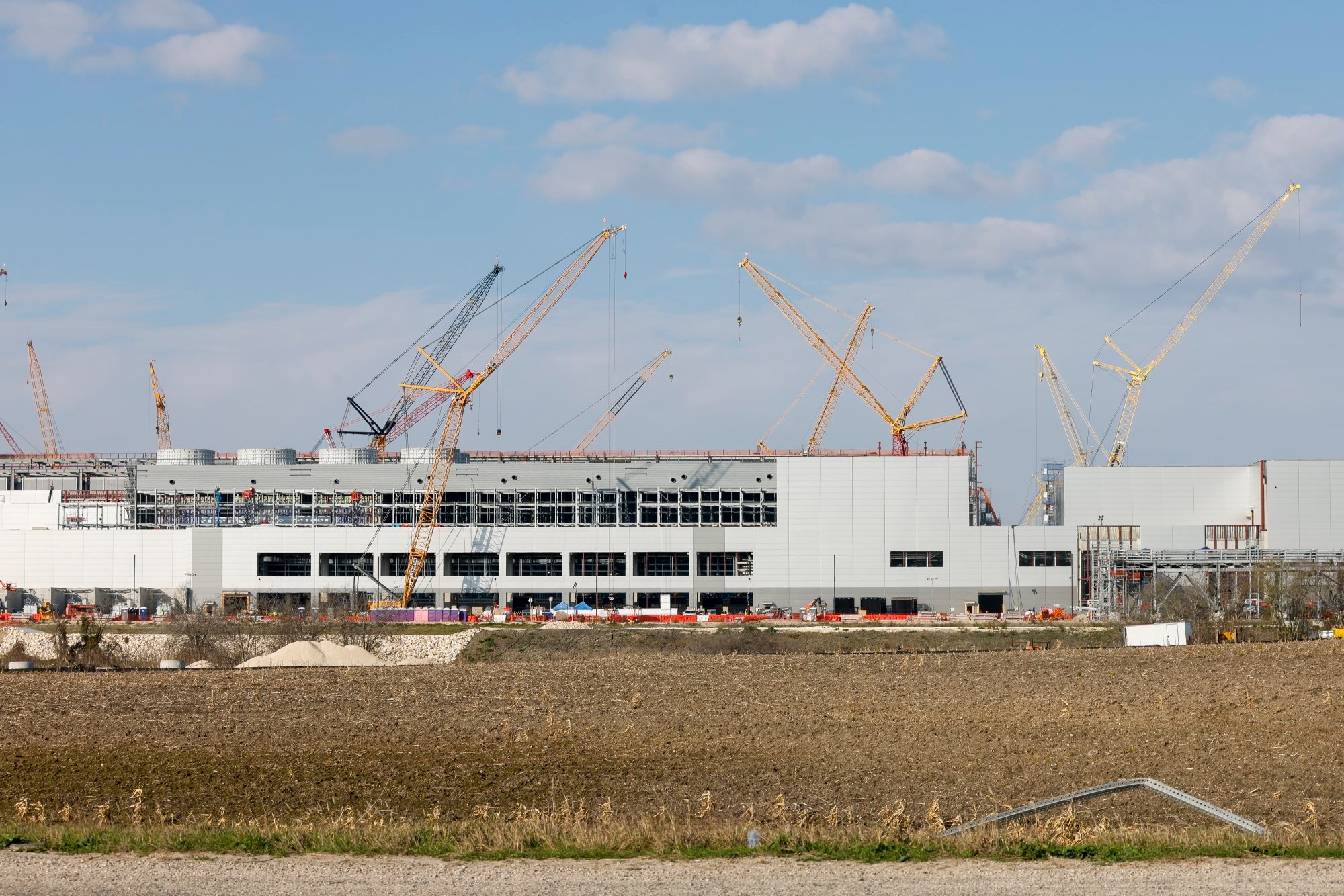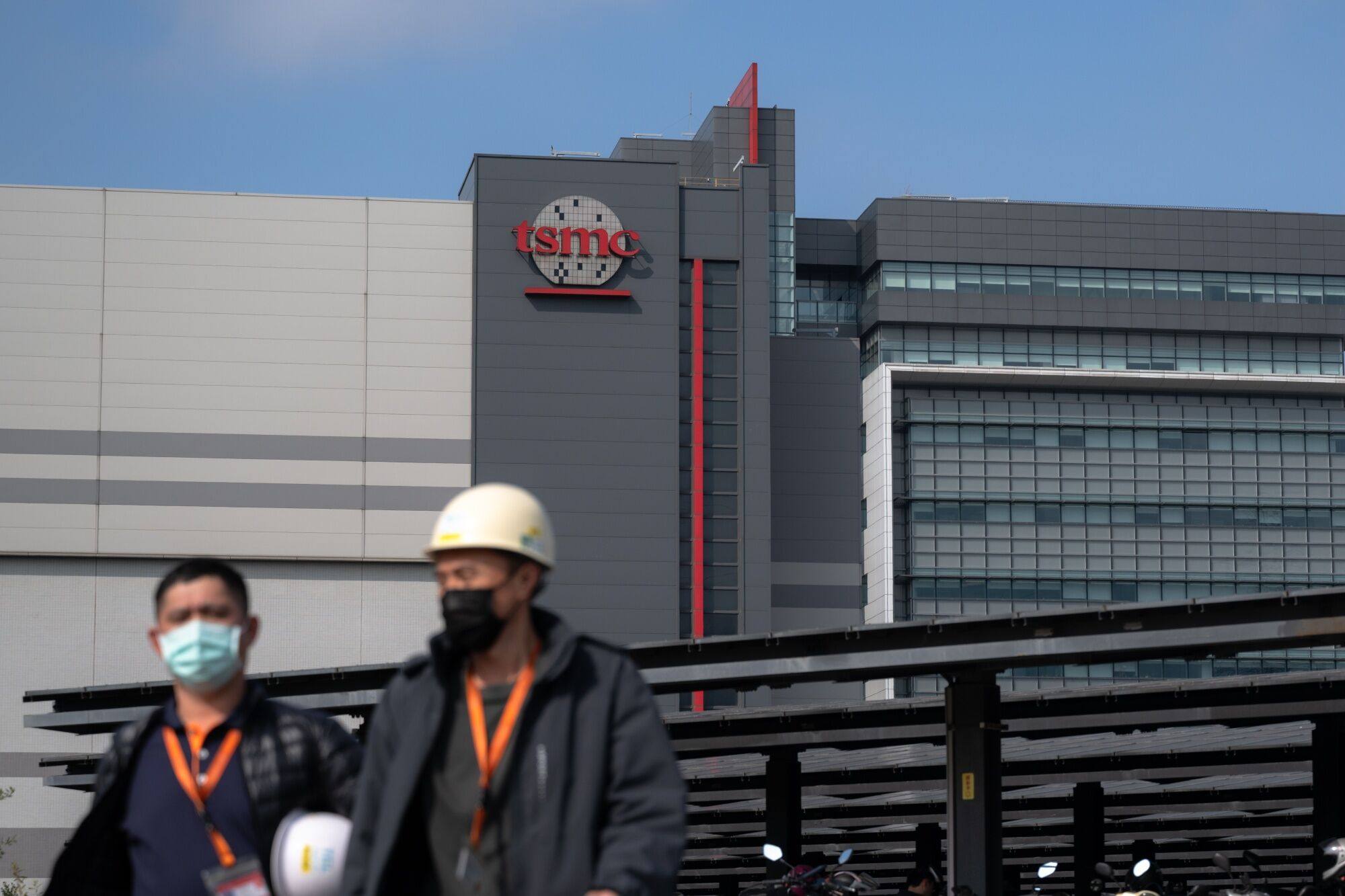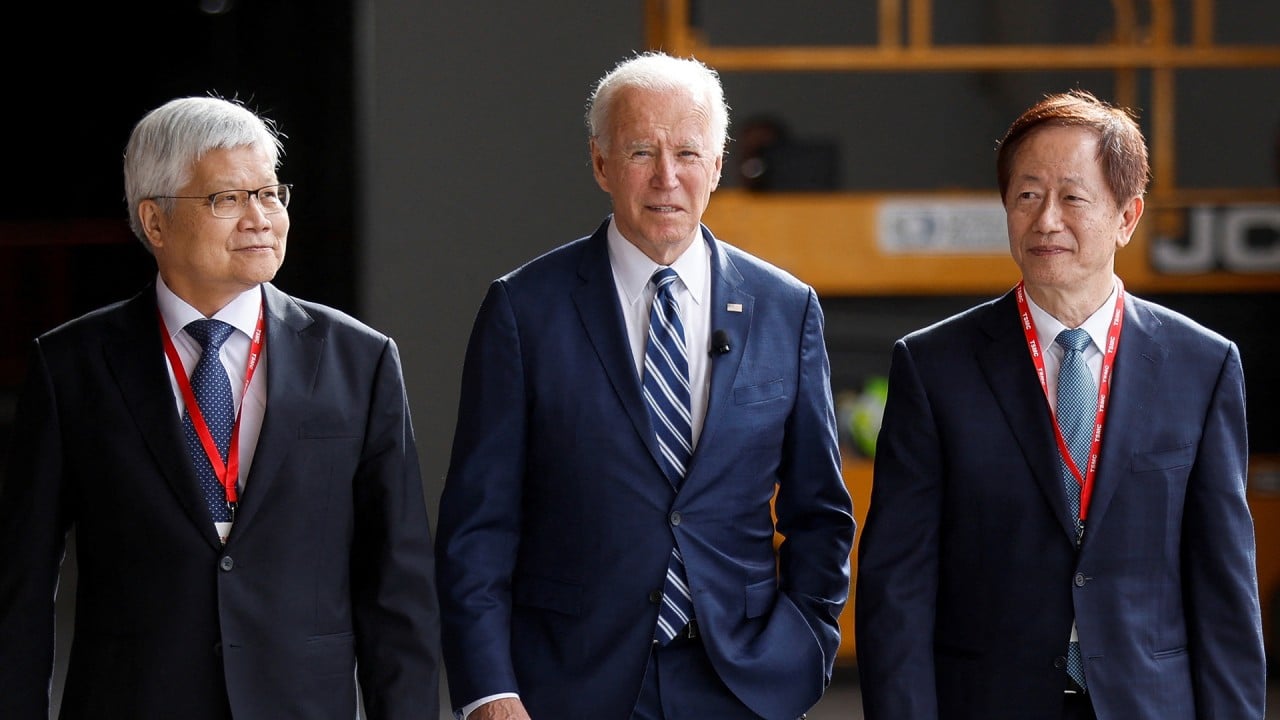This article was first published by The Korea Times in a partnership with the South China Morning Post.
Samsung Electronics and Taiwan Semiconductor Manufacturing Company (TSMC) are keeping their most cutting-edge semiconductor plants on their respective home turfs, even as the companies rush to expand investments in the US, Japan and elsewhere.
Samsung, one of the largest chip makers in the world, planned to invest a total of 500 trillion won (US$371 billion) by 2047 in a “mega-cluster” semiconductor project south of Seoul, the South Korean government said in mid-January. The facility is expected to focus on advanced products including chips made using the 2-nanometre process.
Days after the Korean announcement, TSMC chairman Mark Liu said at an earnings call that the company was planning to build fabs that make 2-nm chips in science parks in Taiwan’s Hsinchu and Kaohsiung cities. He also revealed that the firm was working to get government approval to build another 2-nm fab in Taichung.
Both companies aim to begin mass production using 2-nm process technology in 2025.
Samsung and TSMC are doubling down on domestic investments as they grapple with various challenges in building production bases in the US amid Washington’s drive to boost local chip manufacturing and undermine China’s goal of achieving chip self-sufficiency.
TSMC currently has two fabs under construction in Arizona, which were initially expected to start mass-producing 4-nm products this year and 3-nm products by 2026. Samsung has been building a US$17 billion fab in Texas since 2021, which was set to start out making 4-nm chips.
However, both companies have delayed their production schedules.
Samsung has postponed the start of mass production at its Texas fab from the second half of this year to 2025, reportedly following a delay in the disbursement of US subsidies.
TSMC has pushed back production plans in Arizona to 2025, as it struggled to recruit skilled workers locally and faced resistance from local unions to bring in employees from Taiwan.

While other regions including Europe and Japan have also tried to entice chip makers to set up local production of advanced chips by dangling subsidies, Samsung and TSMC have so far refrained from bringing their most cutting-edge manufacturing overseas.
The primary reason is “cost-related”, said Eddie Han, research director of Taiwan-based Isaiah Research.
“For instance, TSMC’s production costs in the US are estimated to be at least 40 per cent higher than in Taiwan and exceed even the level in Japan,” he said. “Constructing and operating factories in Taiwan is significantly more cost-effective than going abroad.”
To take advantage of better cost-efficiency and a stable labour supply, TSMC and Samsung have both committed to more production at home, where governments have also been boosting investments in the local chip sector amid geopolitical uncertainties.

The project – which is set to receive a pledged investment of 122 trillion won by SK Hynix, the second-largest chip maker in South Korea – is expected to achieve a monthly production capacity of 7.7 million wafers by 2030.
“Over the next 20 years, we expect it to create at least 3 million quality jobs,” South Korean President Yoon Suk-yeol said last month, adding that 158 trillion won would be invested over the next five years, creating 950,000 jobs.
But the move to concentrate more production at home could add pressure to global supply chains, according to Isaiah Research’s Han.
“Even though TSMC could maintain profit margins through strong bargaining power, the average costs for the supply chain may rise,” he said. “These increases would ultimately be reflected in the prices of electronics for end consumers.”


